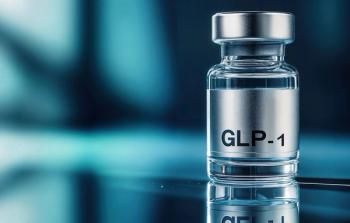
Pricing and Reimbursement in Europe: Where Does Innovation Fit?
It was recently said, in reference to the UK’s Value-Based Assessment(VBA) program, that innovation had not been “tried and tested in the pricing context”.
It was recently said, in reference to the UK’s Value-Based Assessment(VBA) program, that innovation had not been “tried and tested in the pricing context”, which explains the loss of the “innovation” criteria from the proposals formerly known as Value-Based Pricing (VBP). This prompted me to think about just how has innovation been part of pricing and reimbursement of medicines.
It’s not an easy question to answer, because innovation will have resulted in new medicines that deliver clinical benefits in the usual way that is measured: longer life, less morbidity or an improved side-effect profile. So, in that sense, innovation is simply part and parcel of all pricing and reimbursement decisions. If a new medicine offers benefits over and above the existing treatment options, and at a cost that a health system or insurer is willing to pay, it will be made available and innovation rewarded (to a lesser or greater degree depending on any price negotiation and/or any patient population restrictions). It is tricky too when there is no consensus on defining an innovative medicine.
But innovation has also been close to a separate feature in some of the world’s pricing and reimbursement systems too. Here are a few:
France
The French have had a long-running system which provided a signal of the innovativeness of a new medicine via the ASMR (the improvement in medical benefit). The ASMR included a range from the lowest of Level V with no improvement over existing options, through to Level I, considered a major innovation (innovative product with substantial therapeutic benefit). The ASMR was particularly important for price setting. But the
But
Italy
In Italy there is a notion of innovativeness in the AIFA’s (the Italian Medicines Agency) classification of therapeutic benefit. A
Japan
The Japanese pricing and reimbursement system is a complex one. It has a number of components ranging from international reference pricing to planned price cuts every two years. But there is a feature that tries to promote innovation: a ‘premium’ can be added to the initial price if it’s more innovative than existing drugs. And the premiums have been rising over the years.
The tricky thing is how often it’s applied, as otherwise it’s only a nice theoretical reward for innovation. Only
UK
In the UK, agencies like the National Institute for Health and Clinical Excellence (NICE) are already supposed to incorporate innovation in their decisions. How far they actually do, of course depends on who you talk to and their particular perspective.
But efforts to have a much clearer and separate innovation criterion as part of VBP proposals
It’s not surprising that the Department of Health took that view. They’d likely want to avoid introducing something that could be easily monitored and demonstrate a less than pro-innovation system at the same time as the
Leela Barham is an independent health economist. You can find out more about her at
Newsletter
Lead with insight with the Pharmaceutical Executive newsletter, featuring strategic analysis, leadership trends, and market intelligence for biopharma decision-makers.





